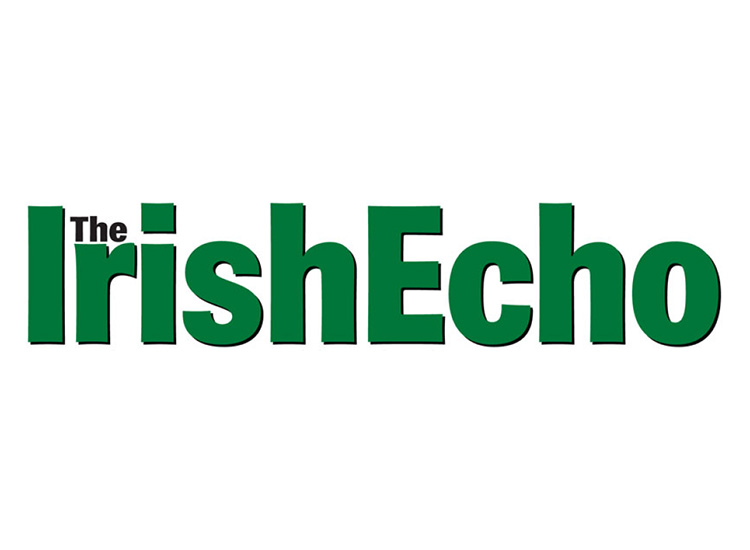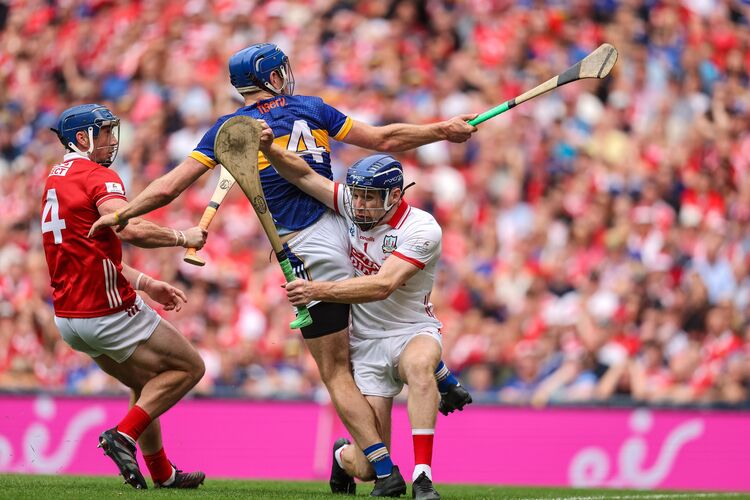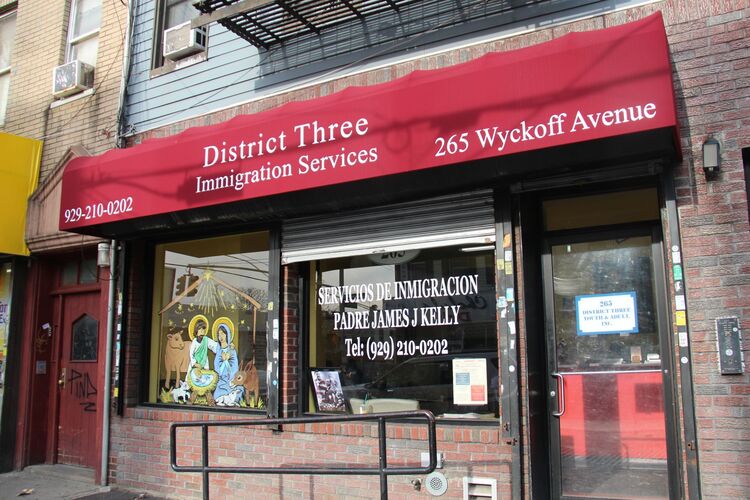Local residents Mary O'Neill-Byrne, Rose Phipps and Marion Finn in style of dress of 100 years ago.
By Michael Behan
Margaret Keogh, the only member of Cumann na mBan to die in the Irish War of Independence, was honored by a Dublin City Council Commemorative Plaque in her native Stella Gardens, Ringsend, Dublin, on Sunday, July 11, the centenary of the Truce that ended hostilities.
Following a gunshot wound she received on the night of July 10, 1921, at her home while on active service, the 21-year-old Keogh died two days later in Sir Patrick Dun’s Hospital.
The plaque had been proposed by the Margaret Keogh Memorial Committee set up by a group of local residents.
Proceedings began at 1 p.m. with a parade in honor of Margaret from the local library in Ringsend to her former home in Stella Gardens, lead by the piper and other players. Local residents Mary O'Neill-Byrne, Rose Phipps and Marion Finn made a great effort in attiring themselves in the style of the era.
“An inspirational day,” said a proud Mary.

A newspaper report said Margaret Keogh had been "mortally wounded on Saturday night last under mysterious circumstances."
Local man Shay Connolly gave a rendition of his song “Margaret, Can We Say Hello?” prior to the unveiling.
“It’s a very proud day for Ringsenders,” said Orla Murphy. “We got to commemorate a woman, largely forgotten, who loved Ireland so much she gave her life for it.”
“While it’s also a day tinged with sadness as it took 100 years for her to be now remembered it’s well done to all who participated in reigniting her memory,” added Murphy, a member of the committee.
Margaret's story, a forgotten hero of the War only came to light when Author and historian, Dr. Padraig Og O'Ruairc discovered articles while researching material for his 2016 publication “Truce: Murder, Myth and The Last Days of the Irish War of Independence.
In his passionate address as guest speaker at the event, Dr. O'Ruairc said: “Margaret embodied all of the various strands entwined in the Irish Revolution. As well as being an active member of Cumann na mBan, Keogh was a member of the Irish Clerical Workers Union, was captain of the Crokes Ladies Hurling Club and spoke 'as gaelige' at every opportunity. On one occasion prior to her death she refused to answer in English to British Forces and was subsequently arrested.”
Dublin Lord Mayor Alison Gilliland, who was bestowed the honor of unveiling the plaque, said: “Margaret Keogh was a young woman who played an active part in the political, trade union movement and sporting life of Dublin and her community. Only one of many women who played a significant role in the struggle for Irish freedom, Margaret was one of the very few who paid the ultimate price and I'm honored to unveil this Dublin City Council Plaque where Margaret once lived.”

Lord Mayor Alison Gilliland unveiling the plaque. [PHOTO BY RTÉ ]
Councillor Michael MacDonnacha, Chair of the Dublin City Council Commemorations and Naming Committee said. “The Commemorative Plaques Scheme allows the City to formally commemorate people who have made a significant contribution to the life of Dublin.”
The National Graves Association also unveiled a new headstone on October 12, 2019 in recognition of Margaret's sacrifice for Ireland.
Margaret will now be remembered forevermore: “The Woman who Died For Ireland.”







